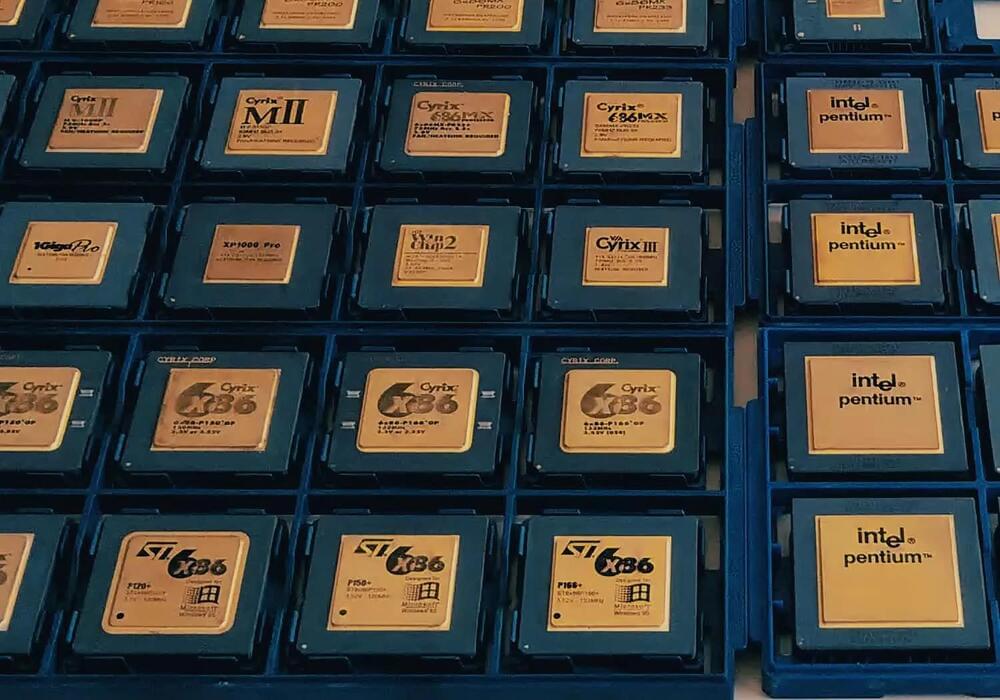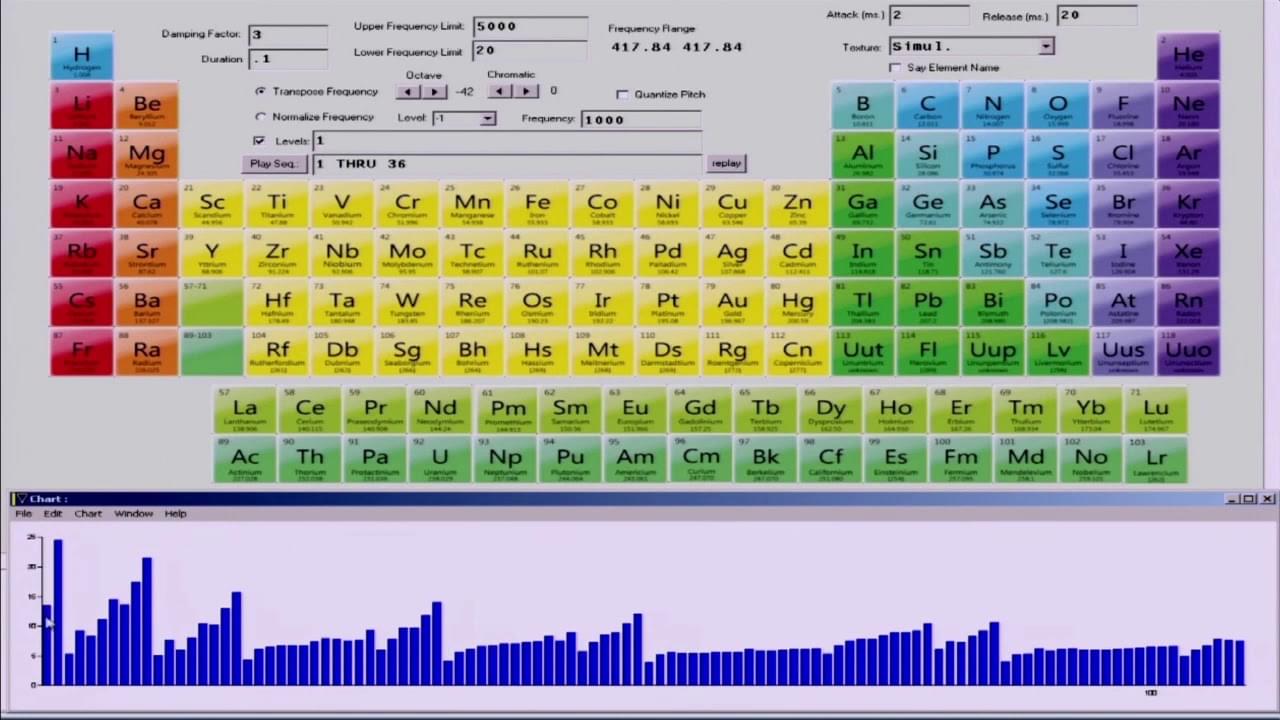Jul 15, 2024
All about Transhumanism
Posted by Dan Breeden in categories: biological, ethics, mobile phones, neuroscience, transhumanism
I have recently read the report from Sharad Agarwal, and here are my outcomes by adding some examples:
Transhumanism is the concept of transcending humanity’s fundamental limitations through advances in science and technology. This intellectual movement advocates for enhancing human physical, cognitive, and ethical capabilities, foreseeing a future where technological advancements will profoundly modify and improve human biology.
Consider transhumanism to be a kind of upgrade to your smartphone. Transhumanism, like updating our phones with the latest software to improve their capabilities and fix problems, seeks to use technological breakthroughs to increase human capacities. This could include strengthening our physical capacities to make us stronger or more resilient, improving our cognitive capabilities to improve memory or intelligence, or even fine-tuning moral judgments. Transhumanism, like phone upgrades, aspires to maximize efficiency and effectiveness by elevating the human condition beyond its inherent bounds.


















